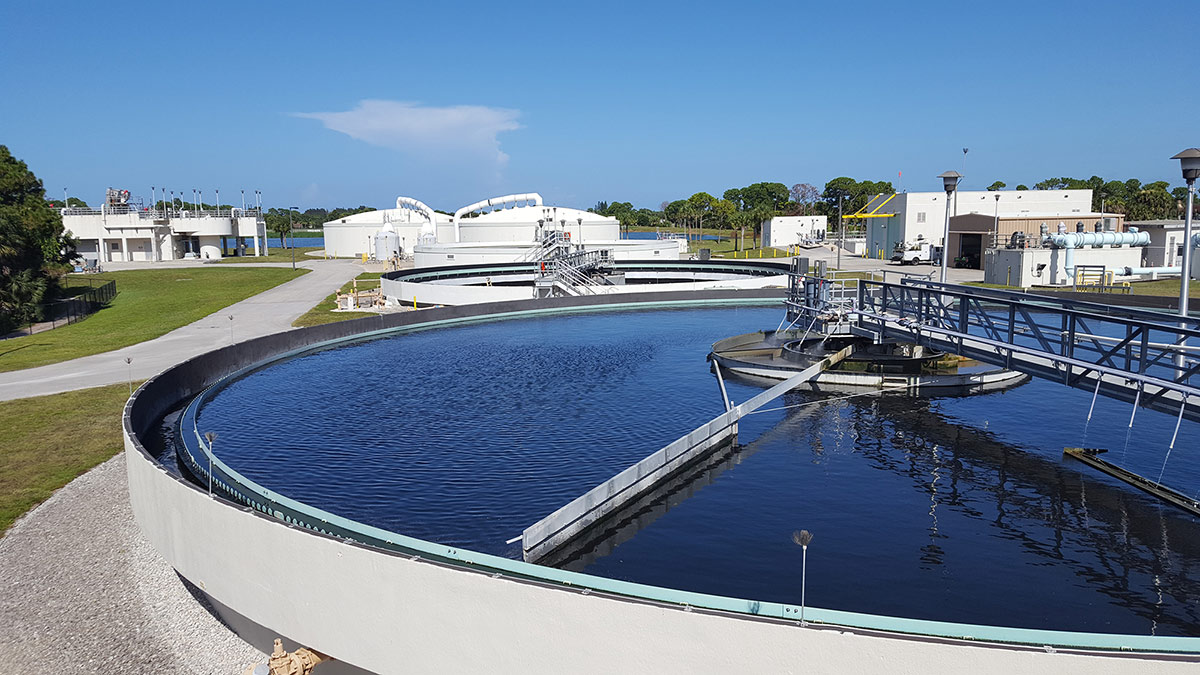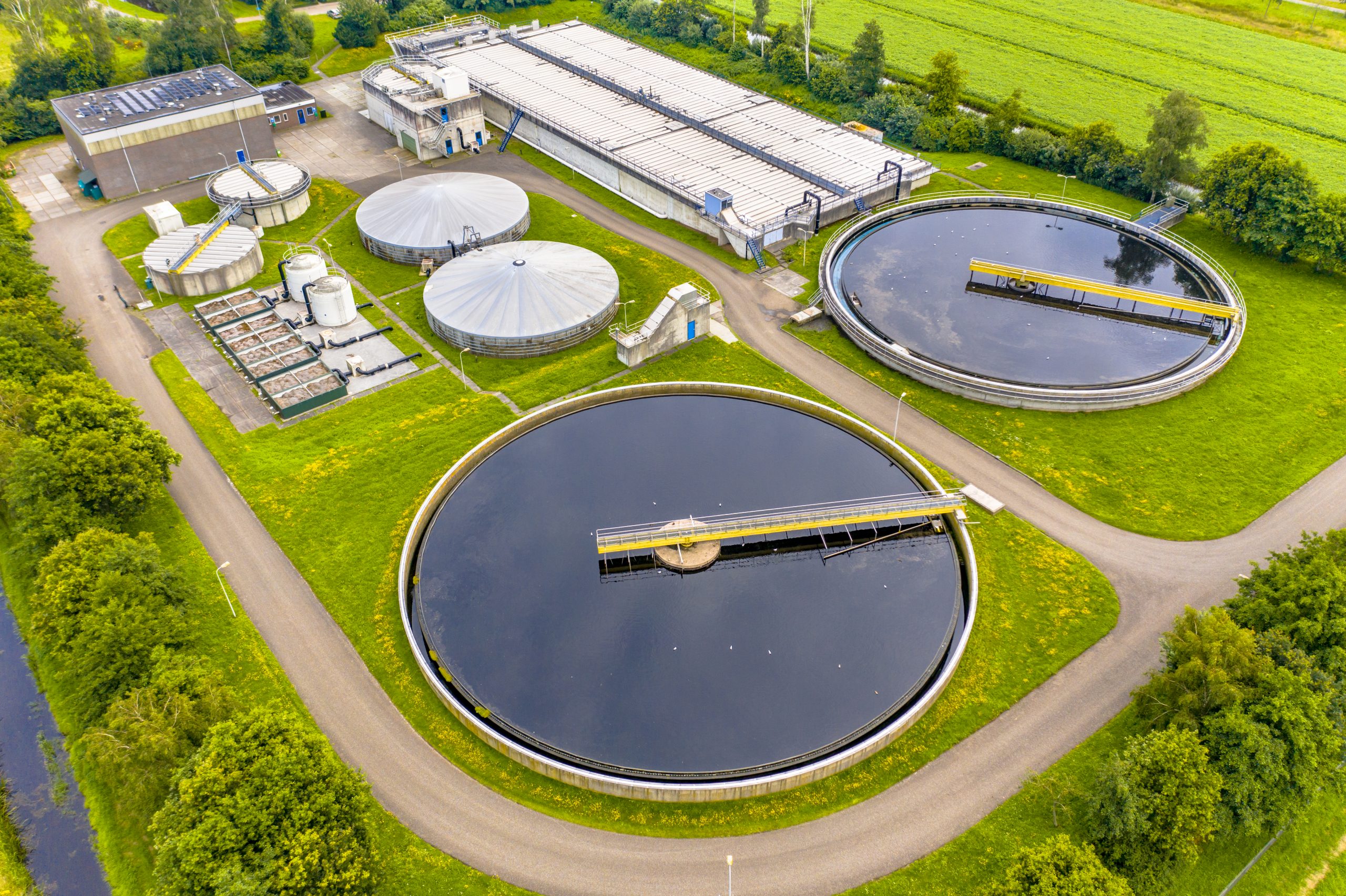The Impact of Advanced Wastewater Technologies in Safeguarding Public Health
The Impact of Advanced Wastewater Technologies in Safeguarding Public Health
Blog Article
Recognizing Wastewater Treatment Processes and Their Environmental Effect
The complexities of wastewater therapy processes play an essential duty in mitigating ecological challenges related to water contamination. Each phase, from preliminary to innovative treatments, is created to attend to certain contaminants, ultimately securing both public wellness and marine environments. However, regardless of technical improvements in treatment performance, significant challenges linger, consisting of the management of residual pollutants and the ramifications of nutrient drainage. As we check out the complexities of these procedures, it becomes vital to question exactly how far existing methodologies can develop to meet the expanding needs of sustainability and environmental preservation.
Review of Wastewater Treatment
Just how is wastewater changed right into a safe source for the setting? Wastewater treatment is a crucial process designed to get rid of contaminants from utilized water, consequently safeguarding public health and shielding environments. This procedure starts with the collection of wastewater from domestic, commercial, and industrial sources, which is then guided to treatment facilities.
At these facilities, numerous physical, chemical, and biological techniques are employed to deal with the wastewater. Consequently, organic therapies, such as triggered sludge processes, make use of microorganisms to damage down organic issue.
The treated effluent can be safely released into natural water bodies or recycled for irrigation and industrial functions, advertising source preservation. Furthermore, the therapy procedure creates biosolids, which can be repurposed as plant foods or soil modifications, additionally enhancing sustainability.
Stages of Therapy Procedures
The wastewater treatment procedure normally includes 3 key phases: preliminary, key, and second treatment. Each phase serves a distinctive duty in lowering the toxin load and making sure the effluent meets ecological criteria before discharge.

The main therapy stage focuses on the physical splitting up of put on hold solids from the wastewater. Through sedimentation, heavier fragments work out at the end of sedimentation tanks, creating sludge, while lighter products, such as oils and greases, float to the surface and are skimmed off. This procedure substantially reduces the natural and not natural load in the wastewater.
Additional treatment is an organic process aimed at further lowering the focus of organic issue. This phase is vital for achieving the essential biochemical oxygen demand (BOD) reduction, inevitably leading to cleaner effluent ready for discharge or further treatment.

Advanced Treatment Technologies
Complying with the second therapy procedures, progressed therapy modern technologies play an essential duty in more enhancing the top quality of dealt with wastewater. These modern technologies are made to remove recurring contaminants that are not effectively gotten rid of throughout main and secondary treatments, guaranteeing the effluent satisfies strict regulative standards.
Amongst the extensively used advanced treatment methods are membrane layer purification, reverse osmosis, and progressed oxidation procedures. Membrane layer filtering, including microfiltration and ultrafiltration, works in dividing fine fragments, virus, and colloids from the water (Wastewater). Reverse osmosis utilizes semi-permeable membrane view layers to eliminate dissolved solids, leading to top quality water suitable for different applications
Advanced oxidation procedures (AOPs) use strong oxidants to deteriorate natural pollutants, consisting of pharmaceuticals and individual care products that are immune to traditional therapy. These techniques improve the biodegradability of complicated article substances, promoting their elimination.
An additional significant technology is using biological nutrient elimination procedures, which especially target nitrogen and phosphorus, protecting against eutrophication in receiving water bodies. On the whole, advanced therapy modern technologies are necessary for accomplishing higher levels of purification, advertising water reuse, and protecting public health and wellness while resolving the challenges related to wastewater management.
Ecological Advantages of Therapy
Many ecological benefits develop from effective wastewater treatment procedures that add to ecosystem wellness and sustainability. Mainly, these processes substantially reduce the launch of harmful pollutants into natural water bodies, which assists maintain water ecosystems. By getting rid of contaminants such as hefty metals, nutrients, and pathogens, dealt with wastewater minimizes the danger of waterborne conditions and advertises biodiversity in aquatic environments.
In addition, wastewater treatment centers typically employ innovative technologies that allow water recycling and reuse. This technique not only preserves fresh water resources however also lowers the need on natural water products. Boosted nutrient elimination from wastewater can additionally stop eutrophication, a process that leads to algal blooms and subsequent oxygen deficiency in marine systems.
Furthermore, reliable treatment procedures can minimize greenhouse gas discharges, especially methane and nitrous oxide, which are often launched throughout unattended wastewater decomposition. By recording and utilizing biogas from anaerobic digesters, facilities can convert waste into eco-friendly energy, thereby adding to a decrease in fossil gas reliance.
Obstacles and Future Patterns
While the ecological benefits of wastewater therapy are clear, a number of difficulties persist that prevent optimal end results in this field. One significant issue is aging facilities, which usually read review brings about ineffectiveness and increased operational prices - Wastewater. Several therapy plants were developed decades ago, and their capacities do not straighten with contemporary needs, that include stricter governing criteria and greater quantities of wastewater as a result of urbanization

Looking ahead, there is a growing emphasis on resource recovery and circular economy principles within wastewater treatment. Technologies such as anaerobic food digestion, which can produce biogas, and progressed filtering modern technologies are acquiring traction. These techniques not only boost therapy performance however also promote sustainability.
Inevitably, attending to these challenges calls for cooperation among stakeholders, financial investment in modern technology, and a dedication to ongoing research. By welcoming these fads, the wastewater therapy industry can advance to fulfill the demands of an altering atmosphere and culture.
Final Thought
Finally, wastewater treatment procedures play an important function in improving ecological high quality and public health and wellness. The multi-stage therapy framework, paired with advanced technologies, properly alleviates contamination and promotes lasting water monitoring. By addressing residual impurities and minimizing nutrient drainage, these processes add to the conservation of water environments and the reduction of greenhouse gas exhausts. Continued innovations and adaptations in treatment approaches will certainly be important for overcoming arising difficulties and ensuring the sustainability of natural deposits (Wastewater).
Report this page